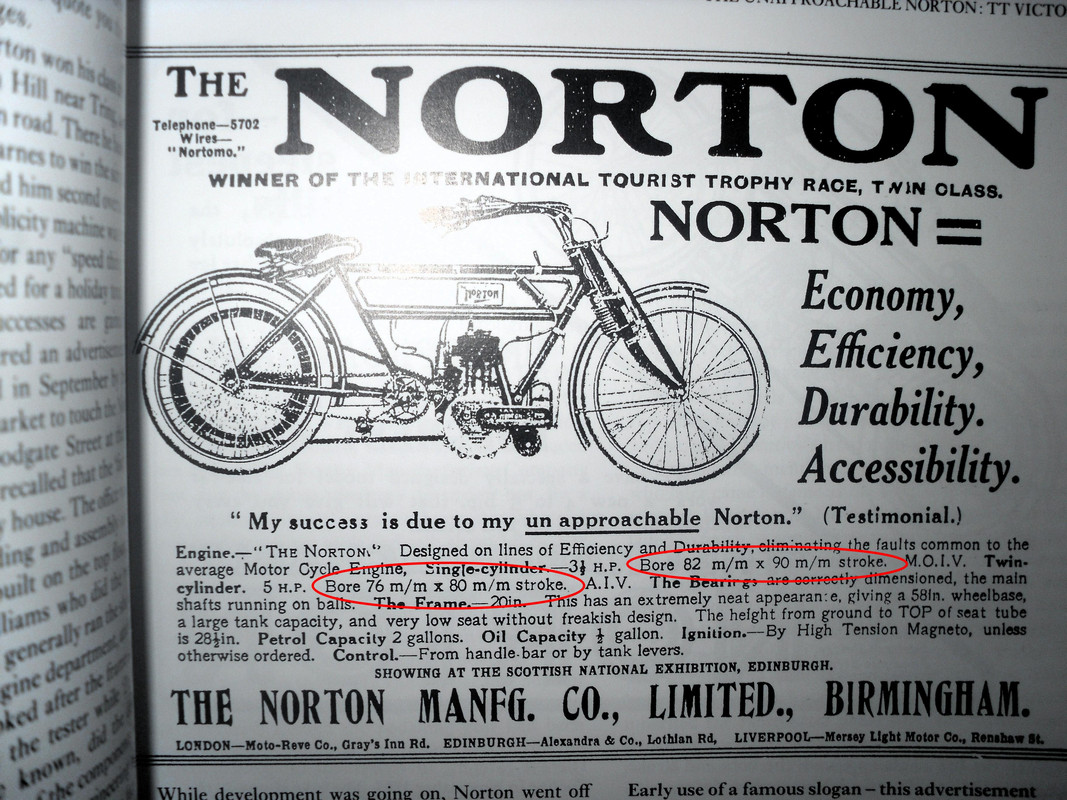Please direct me to a similar topic if already covered.
We have JCC Pistons fitted marked 020;
with a bore size of 3.052"
piston measures 3.047"
Clearance .005" which seems appropriate although with aluminium barrels feel this could have been reduced to around .003"
STD Bore for 850 Commando 3.040"
If pistons as marked are correct we should have 3.060" (or thereabouts)
To give us .020"
We have a differential of .012"? (assuming marking on pistons is correct to std 850 specs)
Would anyone have any idea of where this piston has come from or what it is out of, clearly the std bore size is different to that of an 850.
As the condition of the bores and pistons are acceptable, i'm chasing a set of rings, preferably with the "Hastings" type oil control which has a tighter tension against wall than whet had been fitted.
regards Danny
We have JCC Pistons fitted marked 020;
with a bore size of 3.052"
piston measures 3.047"
Clearance .005" which seems appropriate although with aluminium barrels feel this could have been reduced to around .003"
STD Bore for 850 Commando 3.040"
If pistons as marked are correct we should have 3.060" (or thereabouts)
To give us .020"
We have a differential of .012"? (assuming marking on pistons is correct to std 850 specs)
Would anyone have any idea of where this piston has come from or what it is out of, clearly the std bore size is different to that of an 850.
As the condition of the bores and pistons are acceptable, i'm chasing a set of rings, preferably with the "Hastings" type oil control which has a tighter tension against wall than whet had been fitted.
regards Danny


